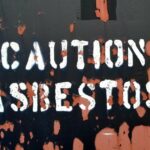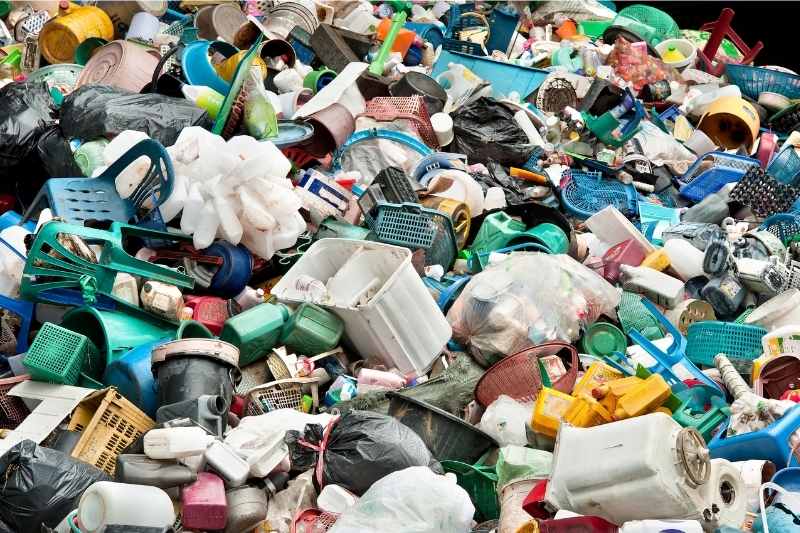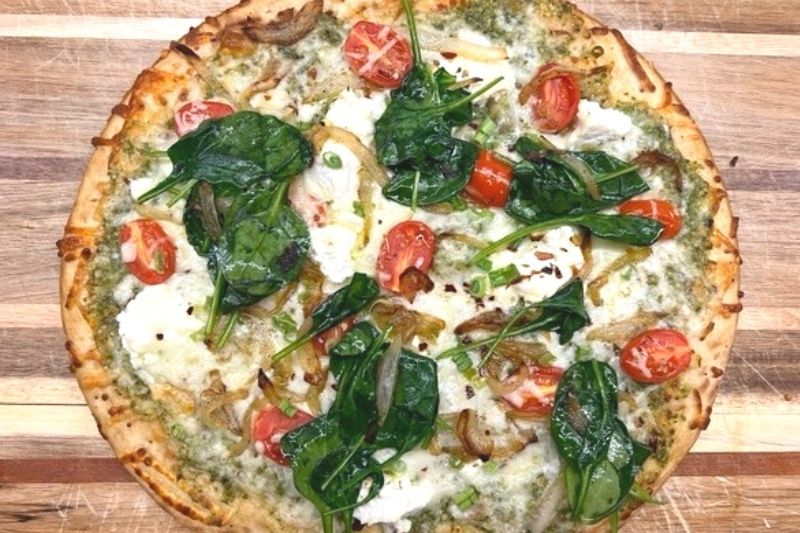How to Give Up Plastic by Will McCallum
How To Give Up Plastic shares practical ways to eliminate plastic in your home and your lifestyle for a greener tomorrow.
Read More
Select Page
How To Give Up Plastic shares practical ways to eliminate plastic in your home and your lifestyle for a greener tomorrow.
Read MoreRomer’s “Can I Recycle This?” shares her knowledge on recycling, waste processing, and plastic to help you reduce waste and recycle smarter.
Read MoreGarbology details how the American lifestyle creates mountains of trash, explains what happens to it, and explores solutions to reduce waste.
Read MoreDiscover how the Johnson family dramatically reduced their waste, which ultimately saved them time, money and improved their health.
Read MoreMorland shows through demography (the study of population) how periods of rapid population transition shaped the course of world history.
Read MoreA gripping tale of a 1,000 year fishing spree, Cod A Biography charts the rising demand for cod and how it led to its near-extinction.
Read MoreWritten by Carole Lindstrom, We are Water Protectors teaches young readers why water is important and must be protected.
Read MoreBlue Mind reconnects us to the natural world and demonstrates how essential water is to our lives and our wellbeing.
Read MoreLearn how to transform a portion of your yard into a bountiful garden that works through the seasons in The Backyard Homestead.
Read MoreBeautifully photographed, Greenfeast features over 110 recipes for spring and summer’s bounty, all prepared in under 30 minutes.
Read MoreStefano Mancuso’s book reads like a fiction travel log but it is an incredibly true account of the incredible journey of plants.
Read MoreAnimal, Vegetable, Miracle merges journalism with personal memoir as Kingsolver records her decision to only consume what she could grow.
Read More




